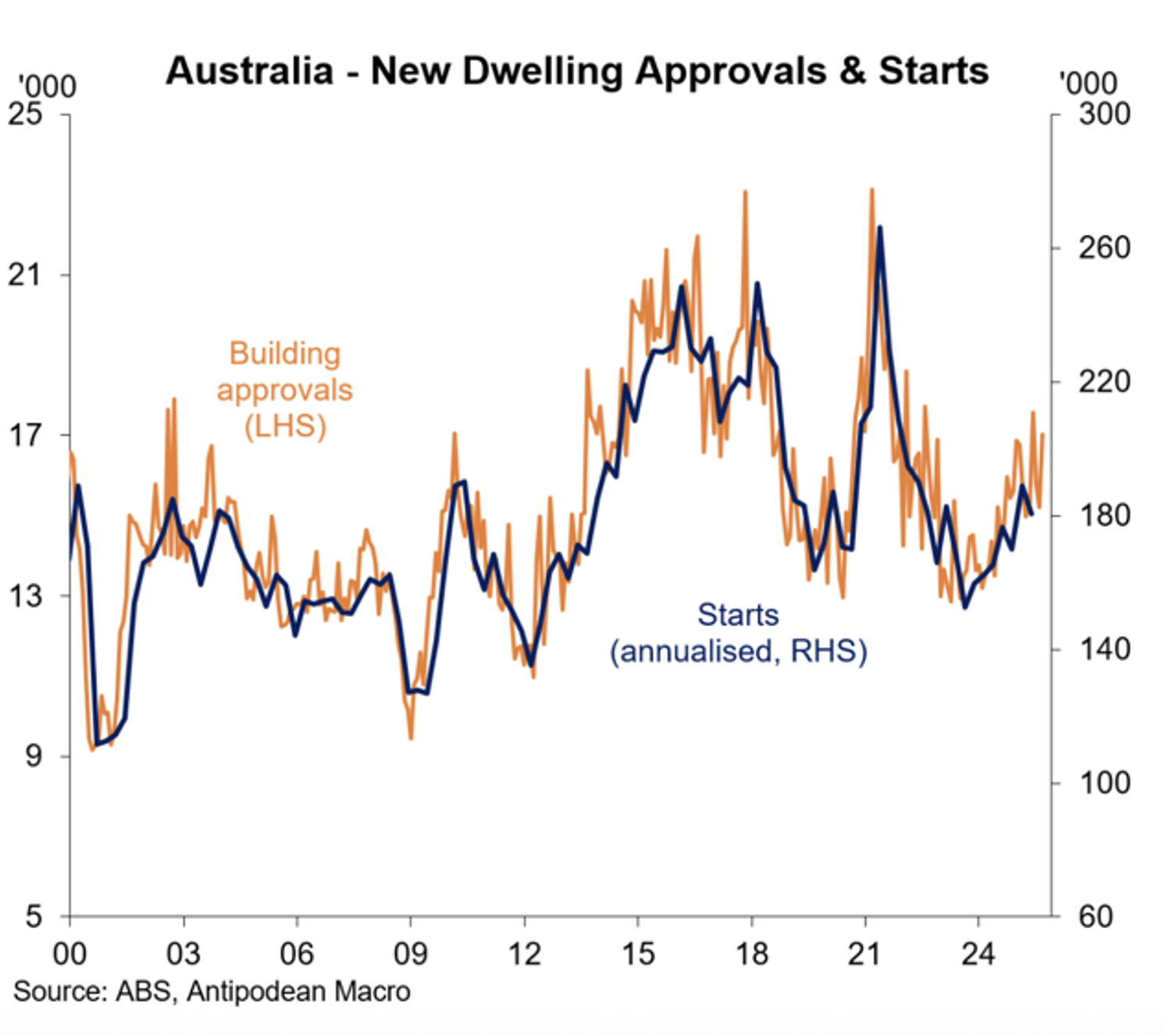• SMSF investors hunt steadier income as Division 296 bites
• Zagga shows commercial loans aren't just towers and malls
• Its track record and margins keep them on the radar
Special Report: SMSFs are turning to private credit, says Zagga, which is focused on showing “commercial” lending is less about skyscrapers and more about strong sponsors, steady margins and projects that actually stack up.
Self-managed super funds are adjusting their compass.
With Division 296 tax changes circling and the old bond/equity hedge not working like it used to, investors are scouting for assets that can deliver reliable income without the volatility.
Private credit, once a niche corner of finance, is stepping up as an option that potentially ticks those boxes.
At its core, real estate private credit is not complicated: investors provide capital, developers borrow it, and the loan is secured against the property asset.
The appeal is obvious: stable income, margins above the cash rate, and a buffer from the daily swings of listed markets.
But here’s where it gets interesting. When people hear “commercial property lending” they picture glass towers or big retail centres.
In reality, the scope is much broader.
Beyond offices and malls
Tom Cranfield, Zagga’s Executive Director of Risk & Execution spends his time knee-deep in assessing projects and ensuring investors’ capital is deployed with discipline.
According to him, “commercial” isn’t about the building itself, but the type of loan being written.
“Commercial real estate is a descriptive word for real estate, which elicits the idea of shopping centres, office buildings and other forms of that,” he told Stockhead.
“As a provider of capital, Zagga is providing commercial loans. Commercial loans are those not regulated under the NCCP, as in, they are not retail loans.”
In other words, if the borrower is a company – typically a developer – then the loan sits in the commercial bucket, no matter whether the end project is apartments, warehouses or offices.
It’s less about bricks and mortar, more about who’s borrowing and why.

Private credit firm Zagga is beating a drum turning SMSFs its way: commercial loans means strong sponsors and steady returns, not necessarily skyscrapers. Pic via Getty Images
The middle market lens
Zagga’s sweet spot is what it calls the “middle market” – loans ranging from $5 million to $100 million, typically backing projects valued between $20 million and $200 million.
It’s a space often overlooked by the big banks, yet large enough to attract serious developers with solid balance sheets.
This positioning has a practical effect, noted Cranfield.
“Because of the housing supply shortage that we have and the population growth, the most financed product for project financing is indeed residential real estate.
“It’s most commonly multi-level residential, followed by land subdivision. But we are open to all forms of real estate.”
That breadth shows up in projects like The Ace Residences in Bowral, a Scandinavian-inspired over-60s development with the feel of a private estate.
And also La Strada in Potts Point, a boutique Sydney build that went on to win national awards for its marketing innovation.
Different markets, different end buyers, but both financed through Zagga’s commercial loans.
This, Cranfield said, illustrates how “commercial” at Zagga isn’t about the label on the front of the building, but the calibre of the sponsor and the quality of execution.
Risk and return, without shortcuts
For SMSFs, the burning question is how this mix translates into risk and reward.
Cranfield says the first thing to consider is always the quality of the manager.
“As an investor, first and foremost, you want to ensure that the manager has the requisite expertise to invest your money and have integrity.
“Their principle approach and their track record for being your manager should be your starting point.”
And track record matters.
Zagga’s flagship Feeder Fund has been running more than five years without a single negative month, consistently beating its targets.
This consistency, Cranfield explains, is achieved through diversification: the fund is open-ended, with loans continually moving in and out, smoothing the portfolio and limiting concentration risk.
For investors chasing higher headline yields, Zagga also offers the option to invest directly into individual loans, selecting specific projects rather than the pooled fund approach.
But consistency, Cranfield said, doesn’t come by chance.
He explained that behind the scenes, every project is run through deep feasibility studies and sensitivity analysis, alongside borrower due diligence.
“We want to get that absolutely correct,” Cranfield admitted, “because we can understand that you’re only as good as your last race.”
Rates, margins and the property cycle
With the RBA now in easing mode, investors are recalibrating their return expectations.
But Zagga’s structure, Cranfield said, keeps outcomes stable.
“The funds and underlying loans that you invest in are all variable; they have a target return in excess of the RBA official cash rate.”
Investors therefore aren’t exposed to bond-style capital losses.
“It’s the margin over the cash that our investors should be watching, and we don’t see any change to that.”
That margin, typically 300 to 600 basis points over cash, is what keeps the risk-return equation intact.
Meanwhile, private credit is no longer fringe.
Cranfield points out that around 20% of commercial real estate financing now comes from private credit.
“Many investors appreciate the opportunity to make recurring income in their investments, and that’s part of the appeal, in a stable and consistent asset class that they hopefully can understand well.”
This article was developed in collaboration with Zagga, a Stockhead advertiser at the time of publishing.
This article does not constitute financial product advice. You should consider obtaining independent advice before making any financial decisions.





